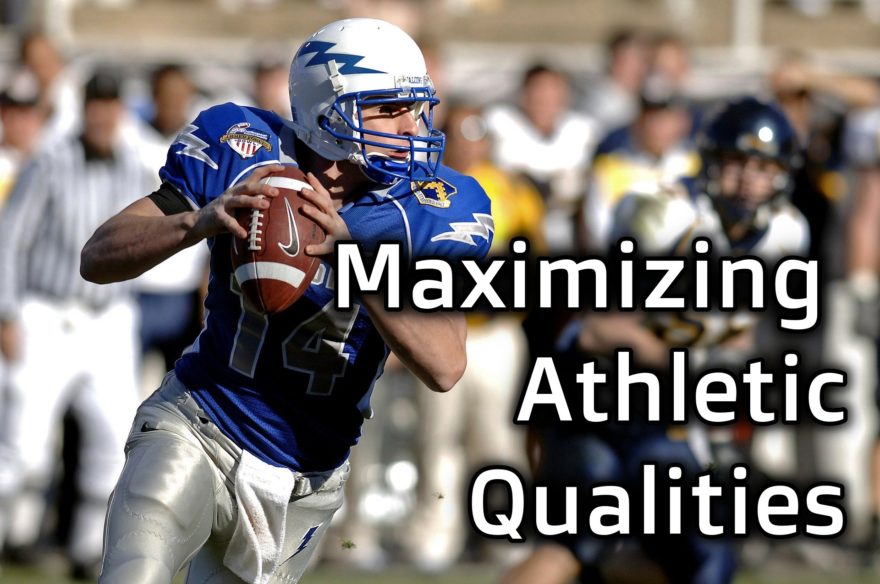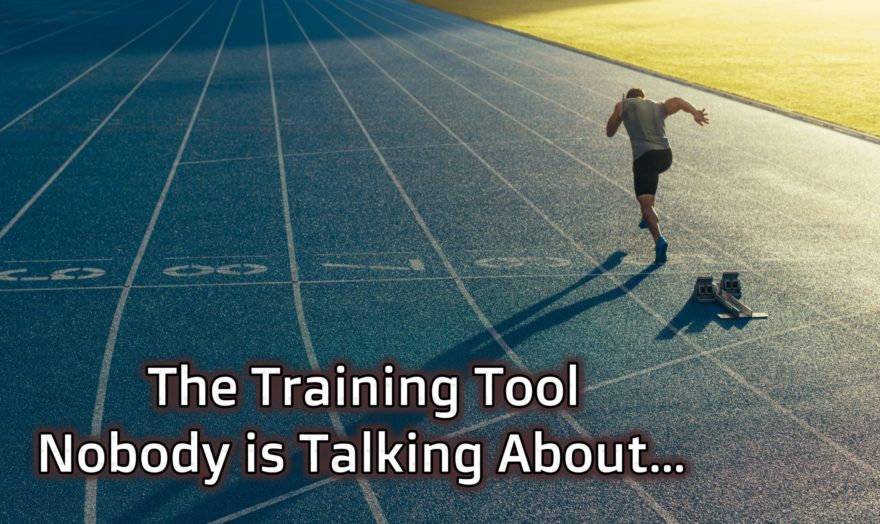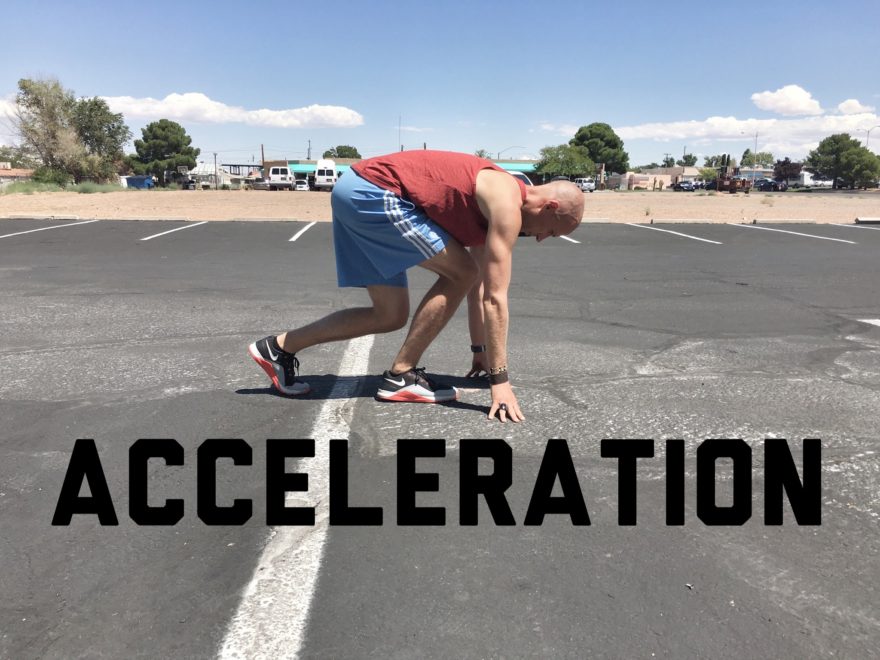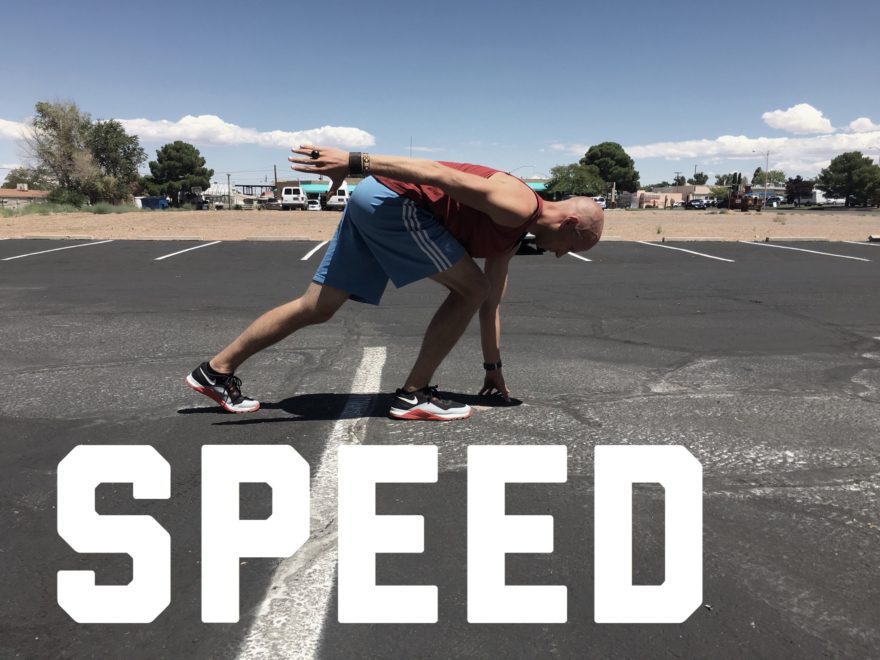Struggle rotating through the hips and trunk? Wonder how you can maximize force production and absorption? Maximize all your athletic qualities by peeping this post
Read More
Health and Performance Made Ridiculously Simple

Struggle rotating through the hips and trunk? Wonder how you can maximize force production and absorption? Maximize all your athletic qualities by peeping this post
Read More
Movement Debrief Episode 97 is in the books. Below is a copy of the video for your viewing pleasure, and audio if you can’t stand looking at me. Here is the set list: What is the difference between backside and frontside mechanics in sprinting? Would backside mechanics help someone push off the ground better, thus making them faster? What tips do I recommend for coaching sprinting? How do I go about approaching someone who needs a psychology referral? When is the best time to bring up that a client would benefit from a psychology referral? What are hernias? What are some different types of hernias? What treatments are typically performed for a hernia? What conservative treatments are useful for hernias? How do I approach treating a hernia?
Read More
Note from Zac: There is a ton of BS out there when it comes to building speed, power, and all things performance. Is training in sand one of those instances? That’s where I enlisted someone who knows WAY more about sprinting and getting peeps fast—Hunter Charneski. Hunter is one of those guys who is always learning, always evolving, and the perfect guy to take an honest look at whether or not sand training can be a useful. The answer may surprise you.
Read More
I utilize a notecard system to help me organize similar material I come across from various resources. My intent is to share and continually update these notecards for you. This notecard is all about teaching the components of agility.
Read More
I utilize a notecard system to help me organize similar material I come across from various resources. My intent over the next few years is to share and continually update these notecards with you. This notecard is all about building the essential quality of acceleration. Acceleration Mechanics Effective acceleration relies positioning the body to maximize force application into the ground. “The ground is the well from which you draw speed” ~Dan Pfaff There are three keys to acceleration: Rhythm – pace and steps should follow a crescendo (like a slow clap). Rise – There should be an incremental rise in center of mass (like an airplane taking off) Projection – the system continues to go forward1 Trunk Mechanics The most important key to accelerating well is a fast and large first step2. It is this first step, and the distance gained from the first step, that initiates the desirable acceleration crescendo. Keeping the body and shin angle at 45 degrees allows horizontal and vertical forces to merge in a manner that is necessary for acceleration2,3. If short, choppy steps are performed during this phase, then less force is applied into the ground. Lower Extremity Mechanics The leg and toe should stay low to generate push-off in the first few steps, though this is not something we wish to cue4. Some sprint coaches will cue dragging the toe to reinforce position, but this strategy is undesirable. Toe drag increases friction and slows the athlete down2. Equally problematic is staying too low. If
Read More
It turns out the Hamptons isn’t just a place to live large. It’s also a place where great learning can take place. That is exactly what recently happened when me and my boizzz arranged a 1-day seminar with sprint coach extraordinaire, Derek Hansen. For those who don’t know, Derek is one of the best sprint coaches in Canada, and had spent 10 years learning from THE Charlie Francis. He is a wealth of knowledge in many areas, but the course focus was on all things sprinting, speed, acceleration, and periodization. The setup we arranged was very unique. We watched Derek coach three different athletes on sprint mechanics, and watching the man work was quite remarkable. His ability to find the right cue, verbiage, and drill to attain improved sprint mechanics was remarkable. He is definitely an artist at his craft. Point being, if you get a chance to hear the man speak, do so. You won’t regret it. Without further ado, here are the notes. [Note – I am not the best sprinter in the world, so bear with me on the videos]
Read More